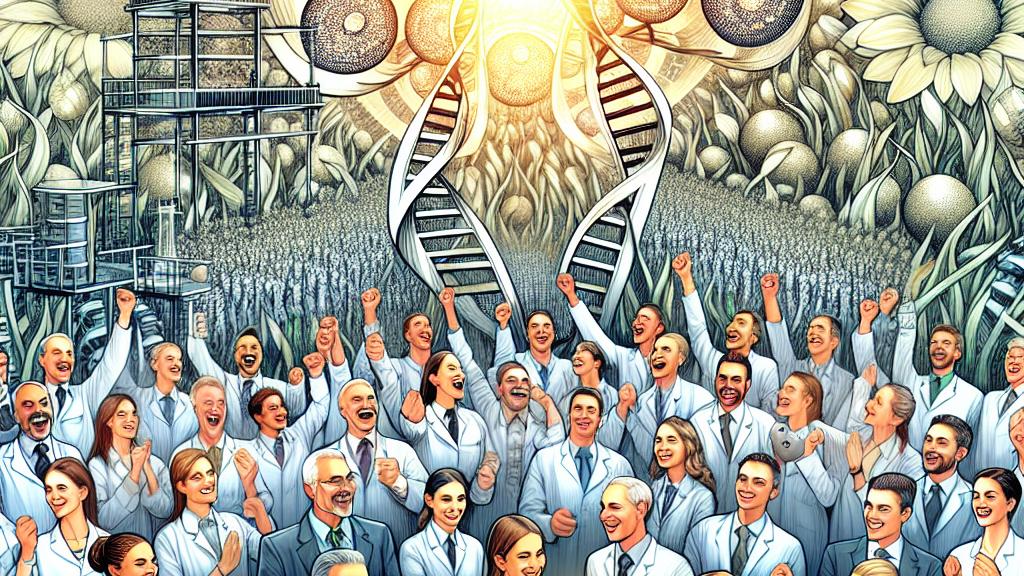Discovering How DNA Breaks Happen in Cell Division
Overview
- Groundbreaking research unveils the intricate mechanisms behind DNA double-strand breaks during meiosis.
- The SPO11 protein plays a pivotal role in initiating genetic recombination and ensuring accurate chromosome separation.
- Insights from this study could revolutionize our understanding of genetic mutations and conservation strategies.

Unraveling the Mysteries of Meiosis and DNA Breaks
Step into a laboratory bustling with eager scientists, as they delve into the fascinating world of meiosis—the process that sets the stage for sexual reproduction. Recently, an innovative team from the Chinese Academy of Sciences achieved a significant breakthrough by successfully reconstituting DNA double-strand breaks (DSBs) in vitro, a feat that had eluded researchers for nearly thirty years! These DSBs are not just random; they serve as crucial catalysts that spark genetic diversity among organisms. For example, think about how diverse traits like eye color or flower shapes arise from these very processes—it's like nature's way of mixing up a deck of cards to create new combinations!
The Essential Role of SPO11 in DNA Repair
At the core of this genetic puzzle lies the SPO11 protein, which plays a role similar to that of a skilled maestro conducting a symphony. SPO11 initiates the formation of DSBs, but its work doesn’t stop there; it collaborates with TOP6BL to create an efficient cutting mechanism. Imagine it as a perfectly synchronized dance where every move counts—if SPO11 and TOP6BL falter, the consequences could be dire, leading to faulty chromosome segregation. This is particularly critical because improper repair might result in genetic disorders or even infertility. In this context, understanding SPO11's function gives us an enlightening glimpse into the delicate balance that sustains life.
Significant Implications for Human Genetic Mutations
This groundbreaking work brings forth fascinating implications for human genetics. Research indicates that the repair mechanisms following DSBs can introduce dangerous mutations—staggeringly, new mutations can occur in about 25% of sperm and 8% of eggs! The very process that ensures our genetic legacy can also lead to unexpected genetic consequences. This reality emphasizes the importance of tracking mutational signatures, which can provide crucial insights into the underlying causes of various genetic disorders. Consider how understanding these mutations could illuminate pathways for developing innovative medical interventions—it’s a realm filled with potential!
A Bright Future in Genetic Research and Conservation
As we gaze into the future, the findings from this research suggest a wealth of opportunities not only for advancing medical science but also for enhancing conservation efforts targeted at endangered species. Picture a vibrant world where scientists utilize insights into DNA breaks to bolster genetic diversity within populations—ensuring that species survive and thrive amidst the pressures of environmental change! Such advancements underscore our responsibility to cherish and protect the rich diversity of life on our planet. Ultimately, each step taken in understanding DNA intricacies propels us further in our quest to unlock the secrets of life, unlocking new opportunities for both human health and environmental conservation.

Loading...